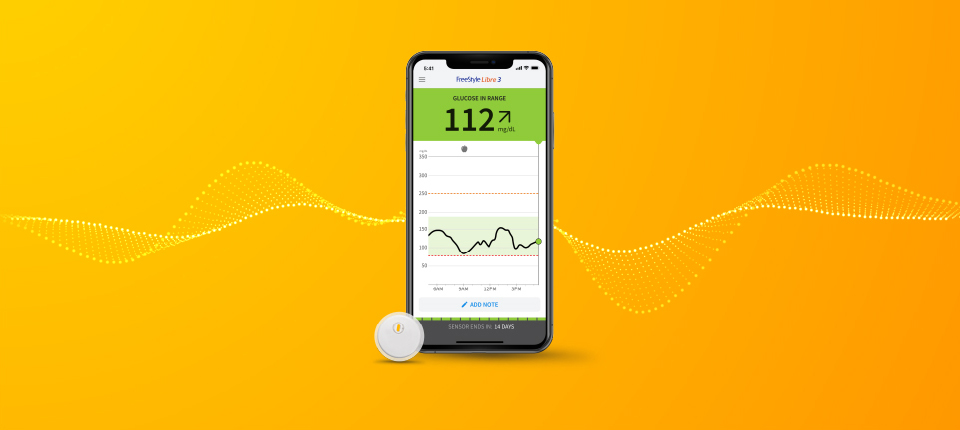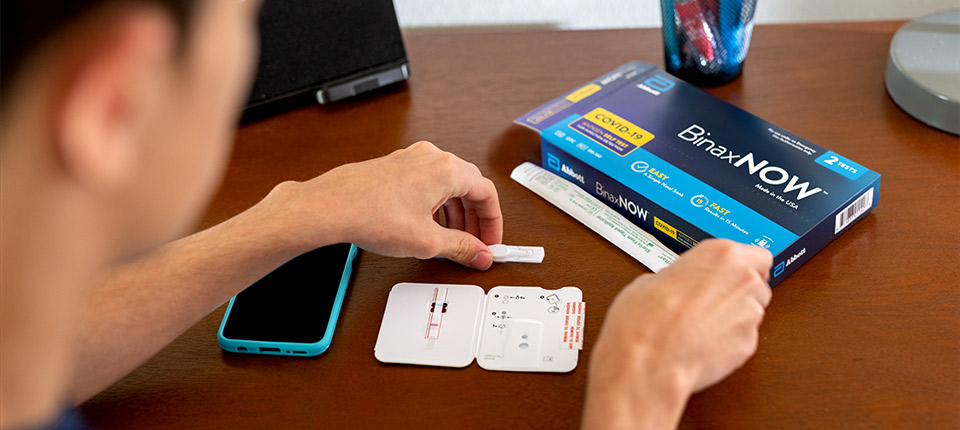Percutaneous coronary intervention, or PCI, is a minimally-invasive heart procedure.
In the simplest, here’s how it works:
- An interventional cardiologist inserts a catheter through the leg or arm and guides it to the blockage near the heart, which is revealed through a contrasting dye. There's no need to open the chest.
- Once there, the surgeon maneuvers a guide wire and tiny balloon through the blockage, where the balloon is inflated to open a clear path for blood to resume its flow.
- A stent — a tiny, wire mesh tube — is inserted to keep the opening from collapsing, ensuring continued flow after the catheter and balloon are removed.
For the metal stent, it's a one-way journey.
Once in place, a stent is intended for long-term protection.
Complex PCI is what you would guess from its name: A high-degree of difficulty where a person has heavy hardening of the arteries (considered “calcified”), long or multiple blockages (also known as "lesions") or the need for multiple stents. More than 70 percent of cases fit some or all of this description.1
About those multiple stents that are there for the long term?
With a highly specialized coating that lowers the likelihood of the artery becoming re-blocked, our XIENCE stents have an unparalleled safety record2 from more than 100 clinical trials3 and 10 years of real-world experience. They're helping more than 8 million people worldwide live their best lives.4
And now, with XIENCE Sierra, our life-changing heart stent has taken another step forward. Thanks to Food and Drug Administration approval, this stent is now available to people suffering from complex cases of blocked arteries in the U.S. For interventional cardiologists and the people under their care, XIENCE Sierra brings unparalleled safety to even the most complex cases.
"We developed XIENCE Sierra so that physicians can more easily deliver the stent even in challenging cases," said Chuck Brynelsen, senior vice president of Abbott's vascular business. "The updated design and improved deliverability mean doctors can access and unblock difficult-to-treat lesions with more flexibility and precision while having confidence in the outcomes and safety they expect from XIENCE."
XIENCE Sierra was approved in Europe in 2017 and recently received regulatory approval and reimbursement in Japan.
Javier Escaned, head of the International Cardiology Section at Hospital Clinico in San Carlos, Madrid, has first-hand experience with XIENCE Sierra.
"It was a reliable stent because it allowed me to perform a tough technique with a lot of ease," Dr. Escaned said. It was a stent that was able to face the challenges of having brisk changes in vessel diameter. It’s a very reassuring stent in the sense that we know that the long-term results with XIENCE are very good." very reassuring stent in the sense that we know that the long-term results with XIENCE are very good."
"With its unparalleled and well-known safety record, XIENCE Sierra is a critical part of our strategy to combat coronary artery disease," Brynelsen said. "But our strategy is not just a new stent. It's ensuring we provide technologies that help doctors optimally implant stents to give patients the best chances for good outcomes. Our diagnostic and imaging tools provide everything an interventional cardiologist needs to treat complex PCI."
You can read more about XIENCE stents here.






FOLLOW ABBOTT